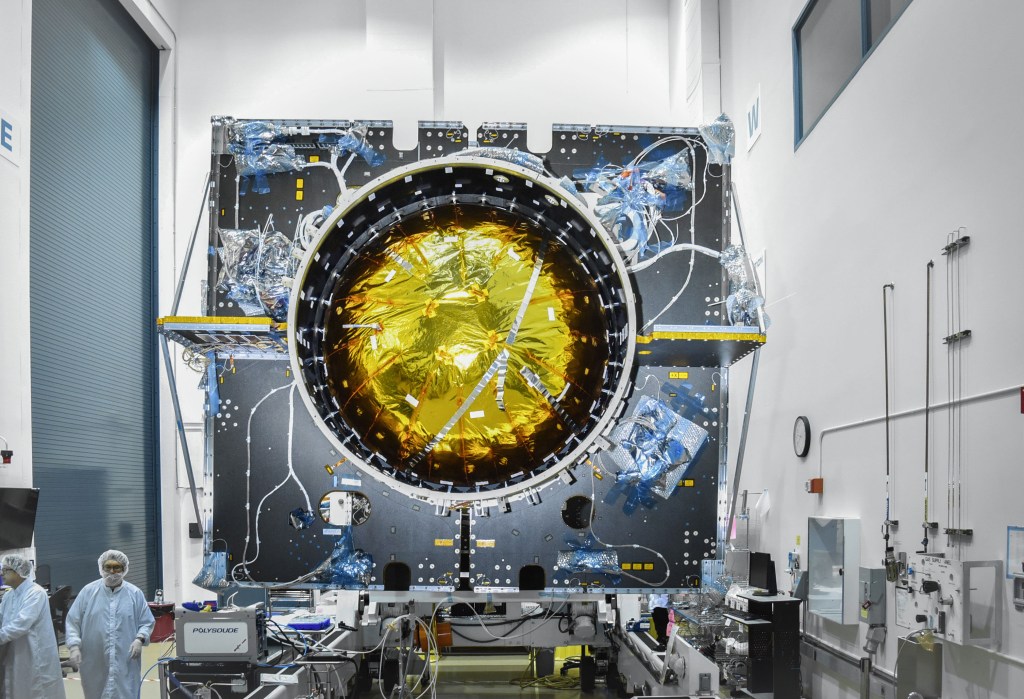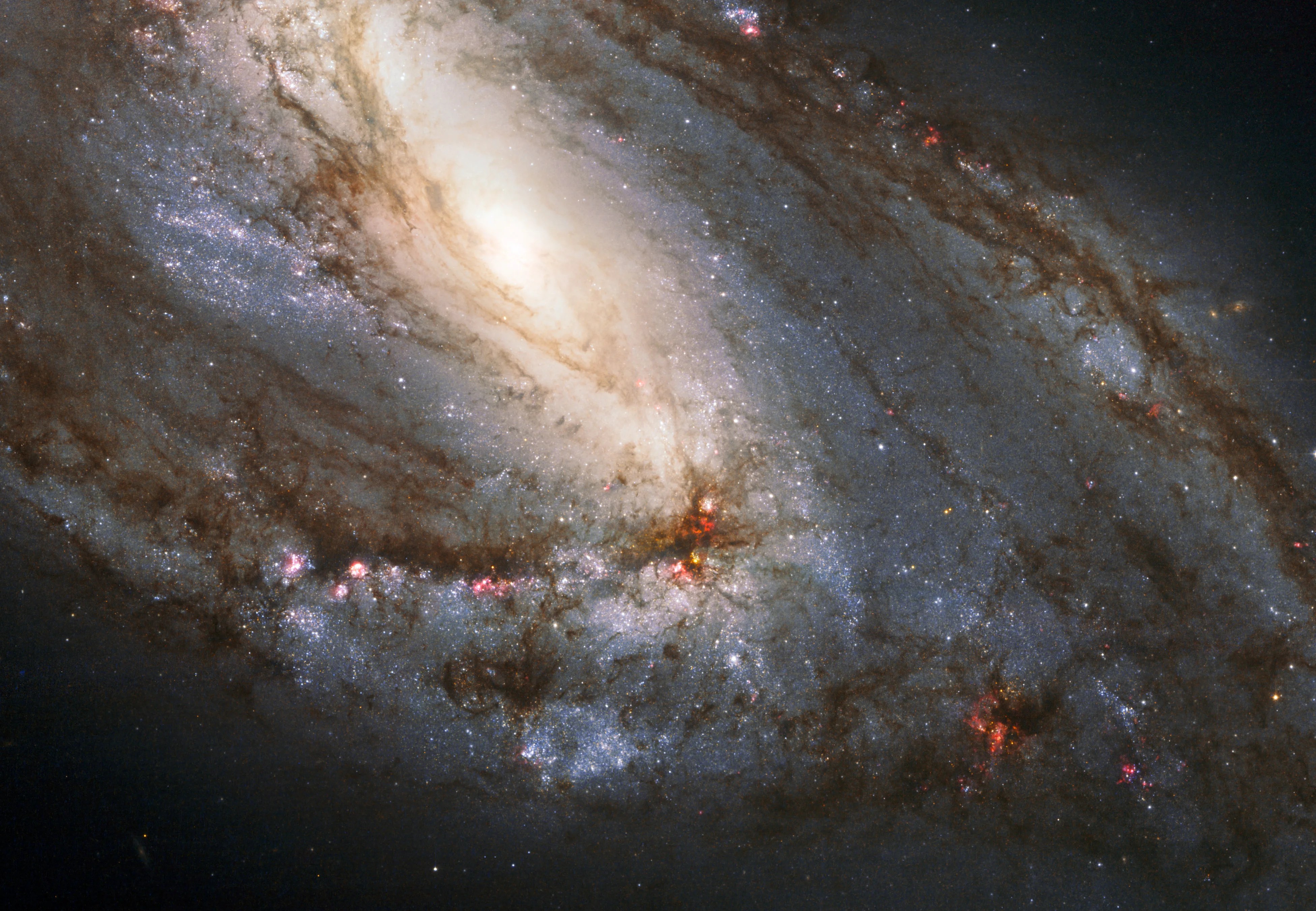Stunning Vistas
| PIA Number | PIA07786 |
|---|---|
| Language |
|
The Cassini spacecraft delivers this stunning vista showing small, battered Epimetheus and smog-enshrouded Titan, with Saturn's A and F rings stretching across the scene.
The prominent dark region visible in the A ring is the Encke Gap, in which the moon Pan and several narrow ringlets reside. Moon-driven features that mark the A ring are easily seen to the left and right of the Encke Gap. The Encke Gap is 325 kilometers (200 miles) wide. Pan is 26 kilometers (16 miles) across.
In an optical illusion, the narrow F ring, outside the A ring, appears to fade across the disk of Titan. A couple of bright clumps can be seen in the F ring.
Epimetheus is 116 kilometers (72 miles) across and giant Titan is 5,150 kilometers (3,200 miles) across.
The image was taken in visible light with the Cassini spacecraft narrow-angle camera on April 28, 2006, at a distance of approximately 667,000 kilometers (415,000 miles) from Epimetheus and 1.8 million kilometers (1.1 million miles) from Titan. The image captures the illuminated side of the rings. The image scale is 4 kilometers (2 miles) per pixel on Epimetheus and 11 kilometers (7 miles) per pixel on Titan.
The Cassini-Huygens mission is a cooperative project of NASA, the European Space Agency and the Italian Space Agency. The Jet Propulsion Laboratory, a division of the California Institute of Technology in Pasadena, manages the mission for NASA's Science Mission Directorate, Washington, D.C. The Cassini orbiter and its two onboard cameras were designed, developed and assembled at JPL. The imaging operations center is based at the Space Science Institute in Boulder, Colo.
For more information about the Cassini-Huygens mission visit http://saturn.jpl.nasa.gov . The Cassini imaging team homepage is at http://ciclops.org .
Credit: NASA/JPL/Space Science Institute
























